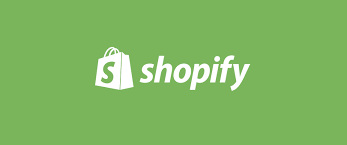
Amazon Print-On-Demand? Meet CreateSpace Pro. Is POD-Select Exclusivity On the Cards?
During the Amazon-Hachette spat one of Amazon’s tactics was to push for Hachette and other publishers to use Amazon’s POD system, making sure all books were perma-available.
Needless to say Hachette didn’t go down this route, but rest assured trad pub big and small is looking closely at, and investing in, what we loosely call POD, and as the costs come down so more and more print production will shift to this model.
It’s a bizarre irony that the technology supposedly killing print will end up being its saviour. More on that in another post.
Here to take a look at Amazon Print On Demand and how it differs from CreateSpace.
Basically, if you’re an indie author you’re not welcome. Amazon POD is a business venture for publishers, and indie authors trying to get in on the act will be shuffled off to the regular CreateSpace site as per the sidebar. (LINK)
Amazon ram home the point that we are not “publishers”here. (LINK)
From FAQs:
“19. I am an author and I want to self-publish, can I take advantage of Print-On-Demand to publish my novel?
The information on this website is intended for publishers, however Amazon does offer Print-On-Demand services for authors who want to self-publish. Please visit (CreateSpace) for more information.”
And yes, Amazon does go on to explain the difference. One key difference being Amazon give publishers “exclusive benefits” not available to us small-fry.
“Q 20. What is the difference between CreateSpace and Print-On-Demand?
“CreateSpace is the platform through which both independent authors and publishers using POD can upload and manage their titles.
“The key difference between the two services is that Print-On-Demand offers benefits that are exclusive to publishers, including managed accounts, flexible uploading options and additional solutions for your titles.”
As ever, it’s Amazon’s business and they set the rules.
CreateSpace still offers indies great way to get our books into print and we’d be crazy not to be using CreateSpace as part of our “going wide” strategy.
But there are plenty of other options, like Ingram, and now StreetLib’s POS print-on-demand service has dropped its upfront fees that could be well worth exploring further.
Bottom line is, print is not going to fade into oblivion any time soon. Just the opposite. Continuing improvements and cost efficiency will make digital printing more and more central to publishers whatever our size.
And with Amazon’s drive to get more publishers using CreateSpace with the professional publisher option, the print arena is about to get a whole lot more competitive.
Many of us are seeing our CreateSpace titles appear in our KDP dashboard, and I would expect that to continue apace until all KDP authors have the KDP-CreateSpace set-up available.
CreateSpace itself will no doubt become a professional-publishers only site.
No idea yet what sort of royalties pro-publishers will get compared to us indies in CreateSpace Lite. Looks like we need to be signed up to get that sort of information.
Meantime don’t be surprised if Amazon starts offering an exclusive POD-Select option, whereby we indies can get some sort of extra benefits by eschewing Ingram, StreetLib POS and all the myriad other POD options competing with CreateSpace, and have our print titles available solely through Amazon.
This post first appeared in the International Indie Author Facebook Group. (LINK)

